
Recommendation
Why do people take their own lives? There’s no single answer to this question. Suicide is complex and often misunderstood. For a long time, suicide was a taboo topic and funding for research into its causes and prevention was lacking. Yet scientists and health professionals are making inroads into finding new and at times surprisingly simple ways to throw a lifeline to people at risk of committing suicide. This collection of articles provides an excellent overview of and insight into recent advances in tackling suicide.
Summary
About the Authors
Jennifer Couzin-Frankel and Kelly Servick are staff writers at Science. Program Coordinator at Science Meagan Weiland provides data analysis and research support. Emily Underwood is a Science reporter. Greg Miller is a science journalist in Portland, Oregon.











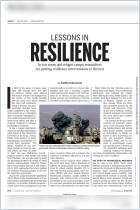
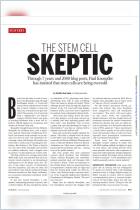





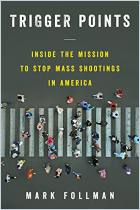
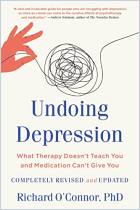
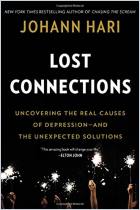
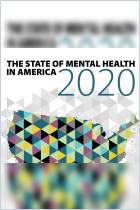





Comment on this summary or Démarrer une discussion